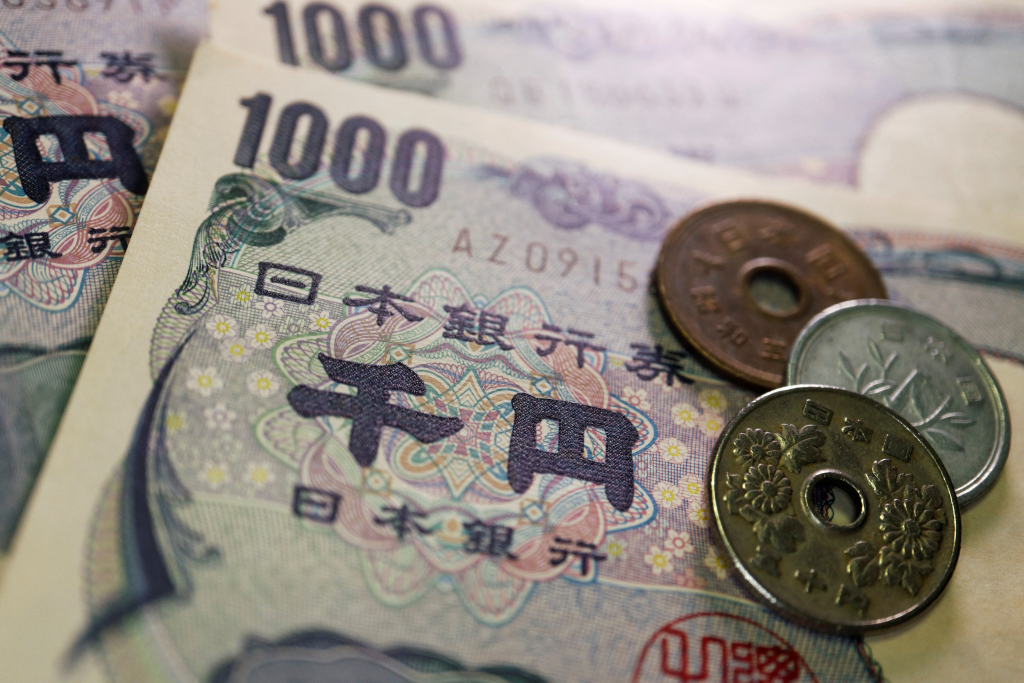The yen slid to its weakest since July against the dollar, lagging most of its major peers, with analysts attributing the drop to Japanese retail investors’ outflows as well as to the Tokyo benchmark fixing.
Investments via the Nippon Individual Savings Account, or NISA, and flows linked to the Tokyo benchmark fixing were some of the factors contributing to the weakness in the Japanese currency, according to strategists.
The yen’s fall prompted Japanese Finance Minister Katsunobu Kato to warn that authorities will take appropriate action against excessive moves. The currency pared those losses and was up slightly at 157.56 at 4:52 p.m. Tokyo time, after falling as much as 0.5% to 158.42 earlier in the session.
READ: Japan Warns on Speculative FX Moves After Yen Hits 6-Month Low
“As we’ve entered the new year, it’s possible that there was yen selling from overseas investment through NISA,” said Akira Moroga, chief market strategist at Aozora Bank Ltd. “After the fixing, the dollar-yen has broken through its recent high, so trend-following dollar buying has also come in.”
READ: Yen Has Rough Start to 2025 as Tokyo Traders Return From Holiday
The dimming prospect for rate hikes in the near term by the BOJ is also adding to the yen’s woes. Governor Kazuo Ueda reiterated on Monday that the benchmark rate will be raised if the economy continues to improve this year, providing little clarity about the BOJ’s decision later this month.
Barclays pushed back its BOJ rate hike call to March from January due to uncertainty surrounding domestic and overseas politics, joining its peers Bank of America Corp. and Nomura Holdings Inc. Overnight index swaps show a 47% chance of a rate hike in January, and a 76% chance by March.
“Yen selling is likely due to the lack of expectations for a rate hike at the BOJ’s January meeting,” said Takeru Yamamoto, a trader at Sumitomo Mitsui Trust Bank in New York. “Japanese authorities will likely be wary of the yen at the 158 level.”
Yen watchers will be paying attention to various US data coming out this week, including the jobs report on Friday. A stronger-than-expected figure may weaken the yen further by pushing US rate cut expectations back.
“If US data is strong, there is a possibility that the dollar-yen will go up to nearly 159, but in that case, the sense of caution about intervention is likely to increase further,” said Moroga.



